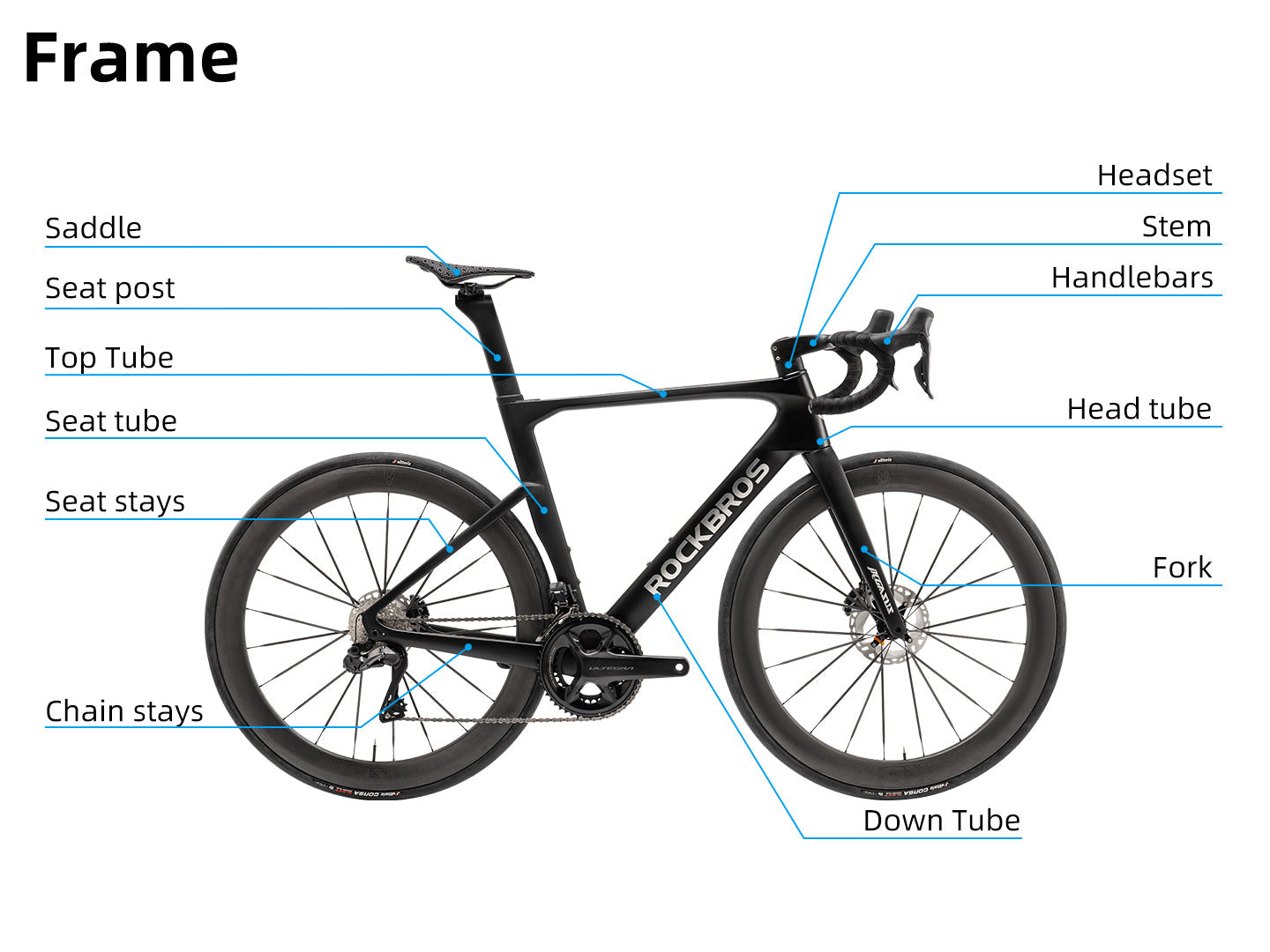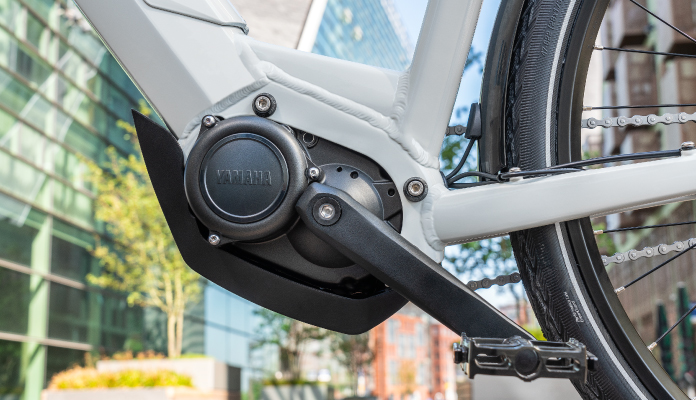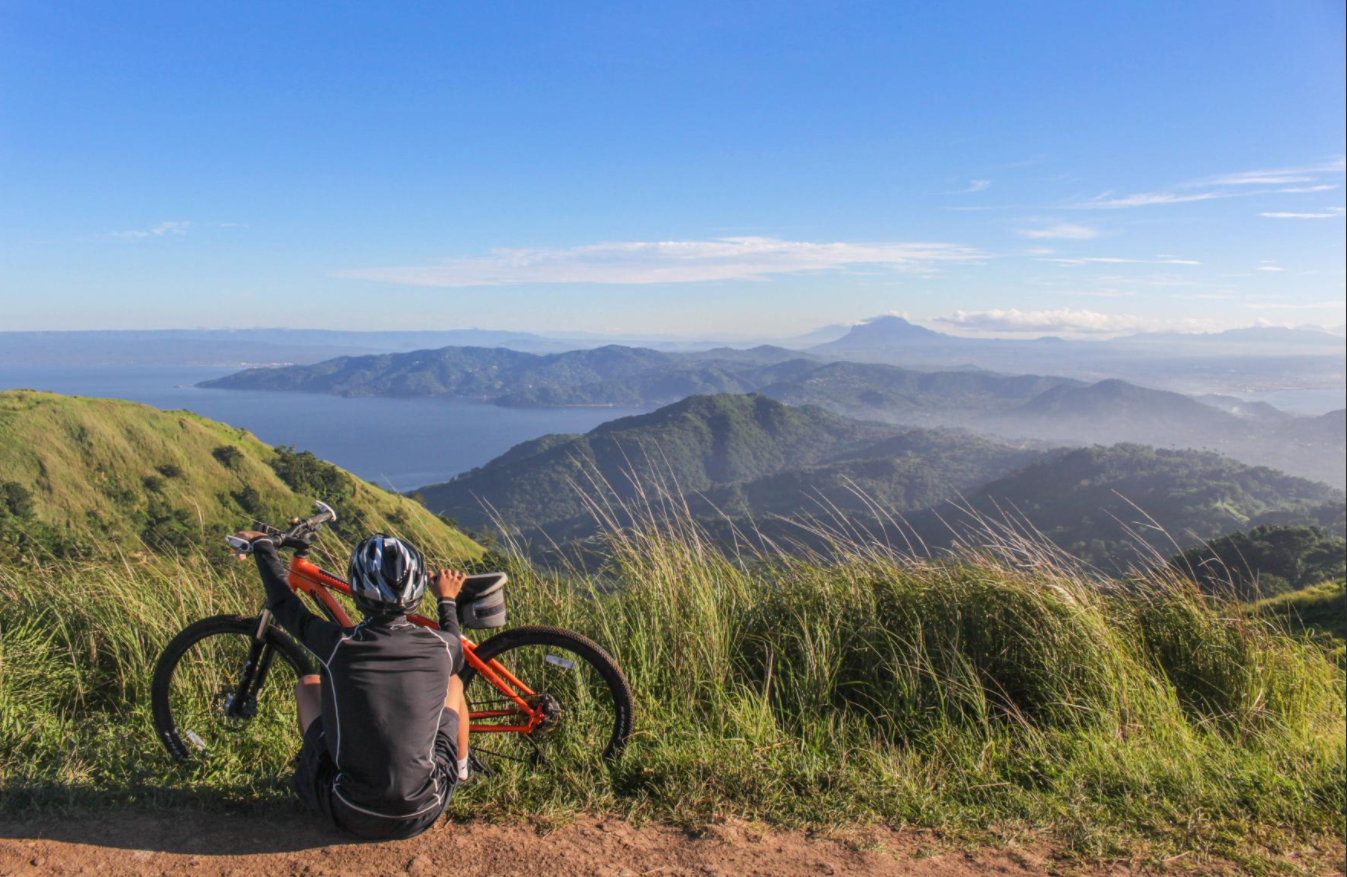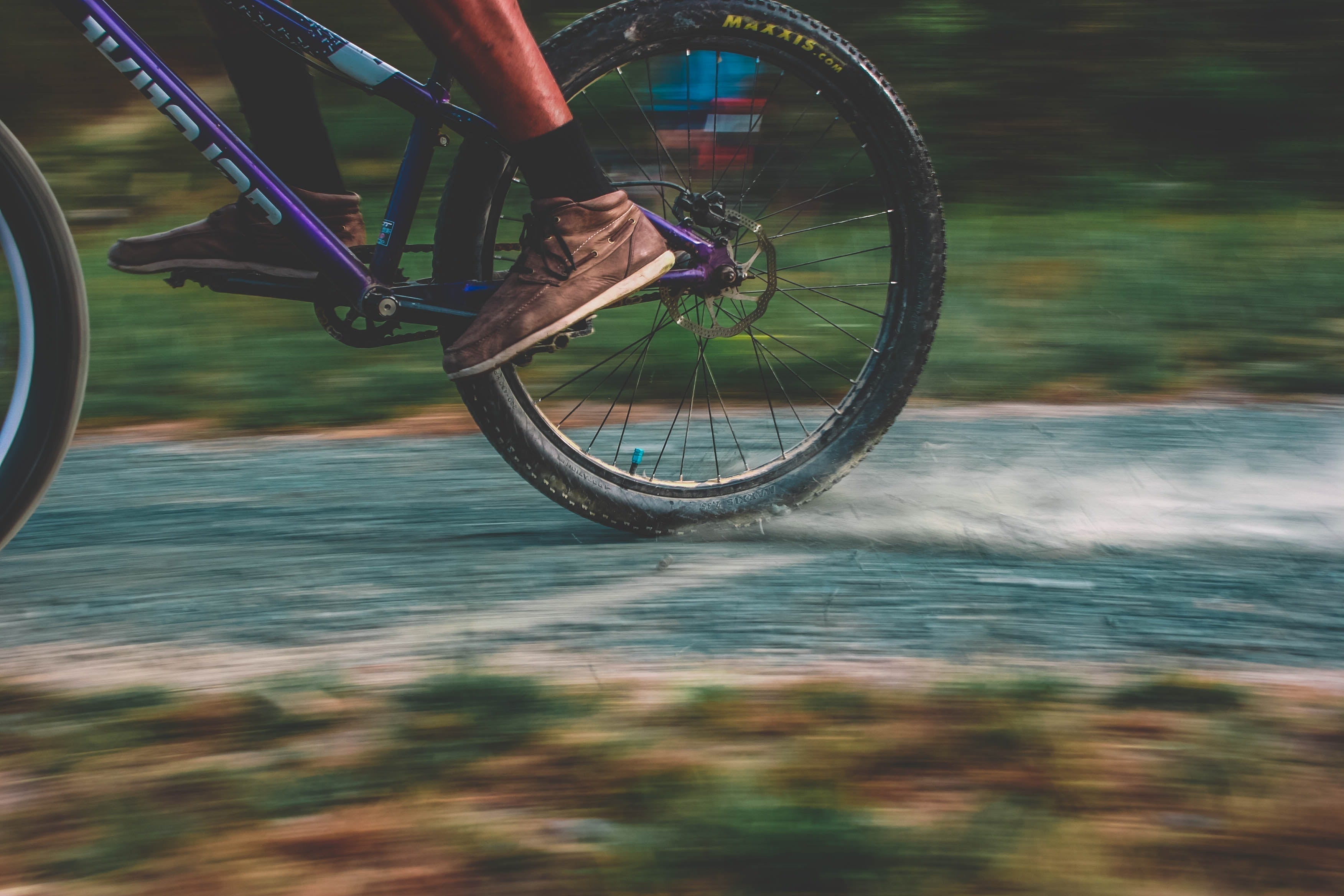The allure of cycling extends beyond mere transportation; it's a symphony of skill, balance, and freedom. One fascinating aspect of cycling is the art of "no-hands" riding, where riders let go of the handlebars while maintaining control and balance solely through body movements. In this comprehensive guide, we'll explore why bikes can continue moving even when the rider releases the handlebars, the benefits and drawbacks of riding "no-hands," and how to master this exhilarating technique.

When a cyclist releases the handlebars, several factors contribute to the bike's ability to maintain forward motion:
- Rotational Inertia: The spinning wheels of the bicycle possess rotational inertia, providing stability and forward momentum even without hands on the handlebars.
- Bike Geometry: The design and geometry of the bike, including the fork angle and wheelbase, contribute to its inherent stability, allowing it to track straight even without direct steering input.
- Inertial Motion: The bike continues moving forward due to its inertial motion, propelled by the initial force applied by the rider's pedaling.
2.Benefits of No-Hands Riding:
- Freedom and Relaxation: Riding without hands allows cyclists to enjoy a sense of freedom and relaxation, as they can momentarily release the grip on the handlebars and adopt a more comfortable riding position.
- Enhanced Maneuverability: In certain situations, such as riding in a straight line on smooth terrain, no-hands riding can offer improved maneuverability and efficiency.
- Style and Skill: Mastering the art of no-hands riding adds an element of style and skill to a cyclist's repertoire, showcasing their confidence and mastery of bike control.
3.Drawbacks of No-Hands Riding:
- Reduced Control: Releasing the handlebars diminishes the rider's ability to respond quickly to sudden changes in terrain, traffic, or obstacles, increasing the risk of accidents or loss of control.
- Safety Concerns: Riding without hands poses inherent safety risks, especially for inexperienced cyclists or in challenging riding conditions. Abrupt movements or unexpected events may require immediate hand control to prevent accidents.

4.How to Ride No-Hands Safely:
- Start Slow: Practice riding without hands in a safe, controlled environment, gradually increasing your comfort level and confidence.
- Focus on Balance: Maintain a centered and balanced posture on the bike, engaging your core muscles to stabilize your body.
- Use Body Movements: Lean gently into turns and shifts in direction, using subtle body movements to guide the bike's trajectory.
- Stay Vigilant: Always keep a watchful eye on the road ahead, scanning for potential hazards and maintaining awareness of your surroundings.
- Be Ready to Grab: Keep your hands close to the handlebars, ready to regain control if necessary, especially in unpredictable situations.

Conclusion:
No-hands cycling offers a thrilling and liberating experience for cyclists, but it's essential to approach it with caution and respect for safety. By understanding the principles behind no-hands riding, weighing its benefits and risks, and practicing proper technique, cyclists can enjoy this unique skill while minimizing potential dangers. So, embrace the art of no-hands riding responsibly, and let the journey unfold with grace and mastery.










Leave a comment
This site is protected by hCaptcha and the hCaptcha Privacy Policy and Terms of Service apply.